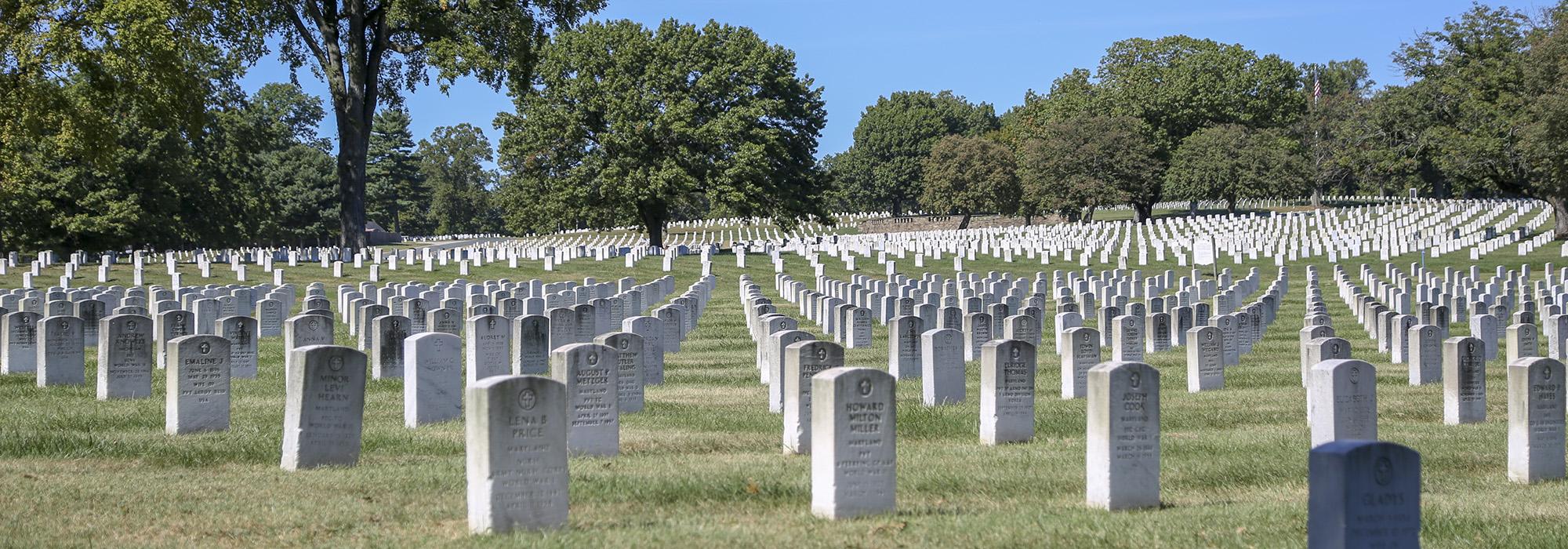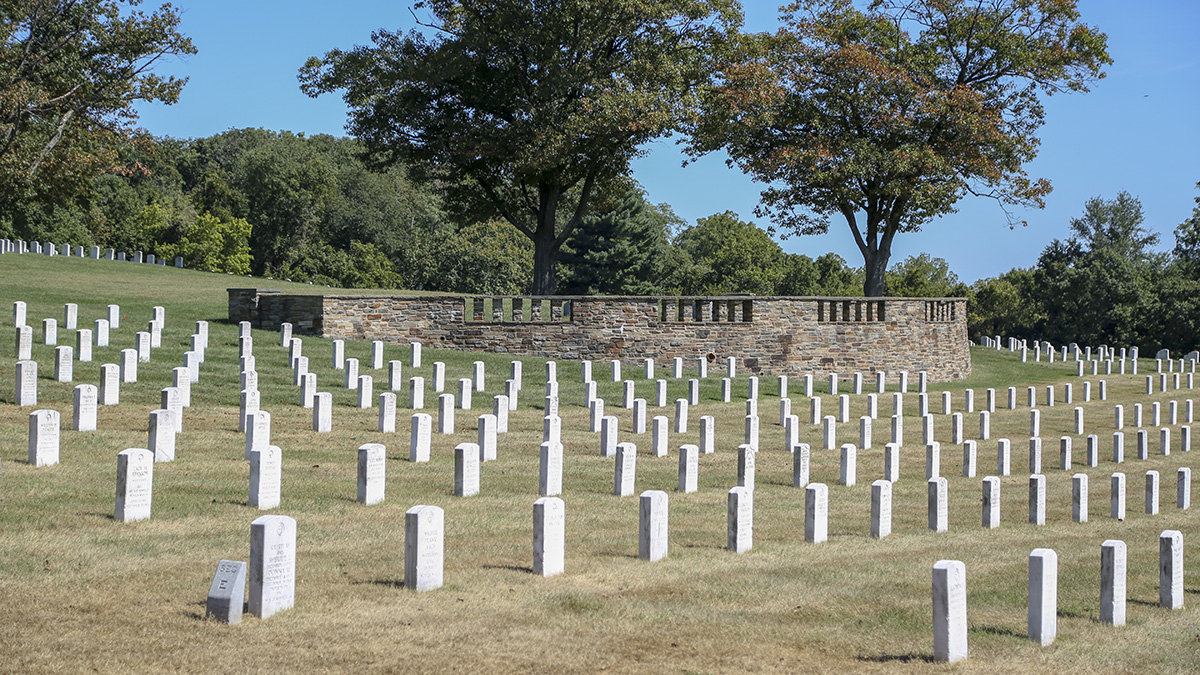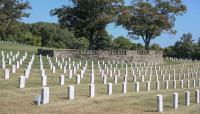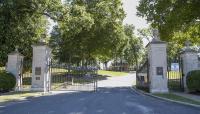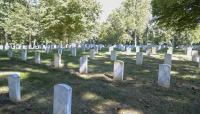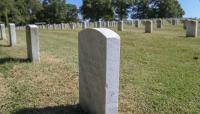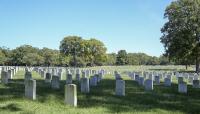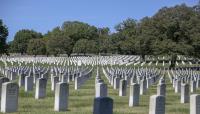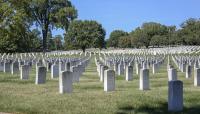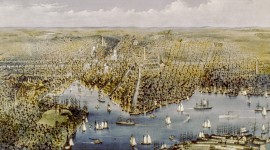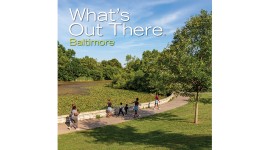Landscape Information
Located on the southwest border of the city, the cemetery is one of seven national cemeteries established between World War I and World War II in response to the increased veteran population and dwindling burial space in the existing national cemetery system. The site is the former Cloud Capped estate, owned by the Randall family and purchased by the War Department. The cemetery occupies 72 acres along Frederick Road, which had served as Baltimore’s connection to the National Road at Cumberland, Maryland. Construction of the cemetery was carried out by the Works Progress Administration from 1937 to 1940. The former estate’s mansion was demolished, and its materials were used to build a superintendent’s lodge and other improvements. The sloped frontage along Frederick Avenue was regraded to allow for a wall and fence, although care was taken to retain many of the estate’s mature trees in order to establish a secluded atmosphere upon entering the grounds.
The overall structure of the burial grounds is reminiscent of the lawn cemeteries developed during nineteenth century. The landscape includes winding roads, often edged by large-canopy trees and framing expansive and irregularly shaped internment sections over subtly sloping topography. This organic layout was unusual, as most national cemeteries of the period were on flat parcels and were geometrically organized. The uniform grave markers are carefully laid in straight rows, resulting in a more grid-like ordering system while also highlighting the undulating terrain. A semi-circular rostrum was constructed of natural stone on a hillside near one of the property’s highest points; while many of its built elements were removed, a crescent-shaped retaining wall remains, encircling an overlook that provides a southerly view of much of the cemetery. The final resting place of more than 45,000 veterans, the cemetery closed to internments in 1970. It was listed in the National Register of Historic Places in 2016.



